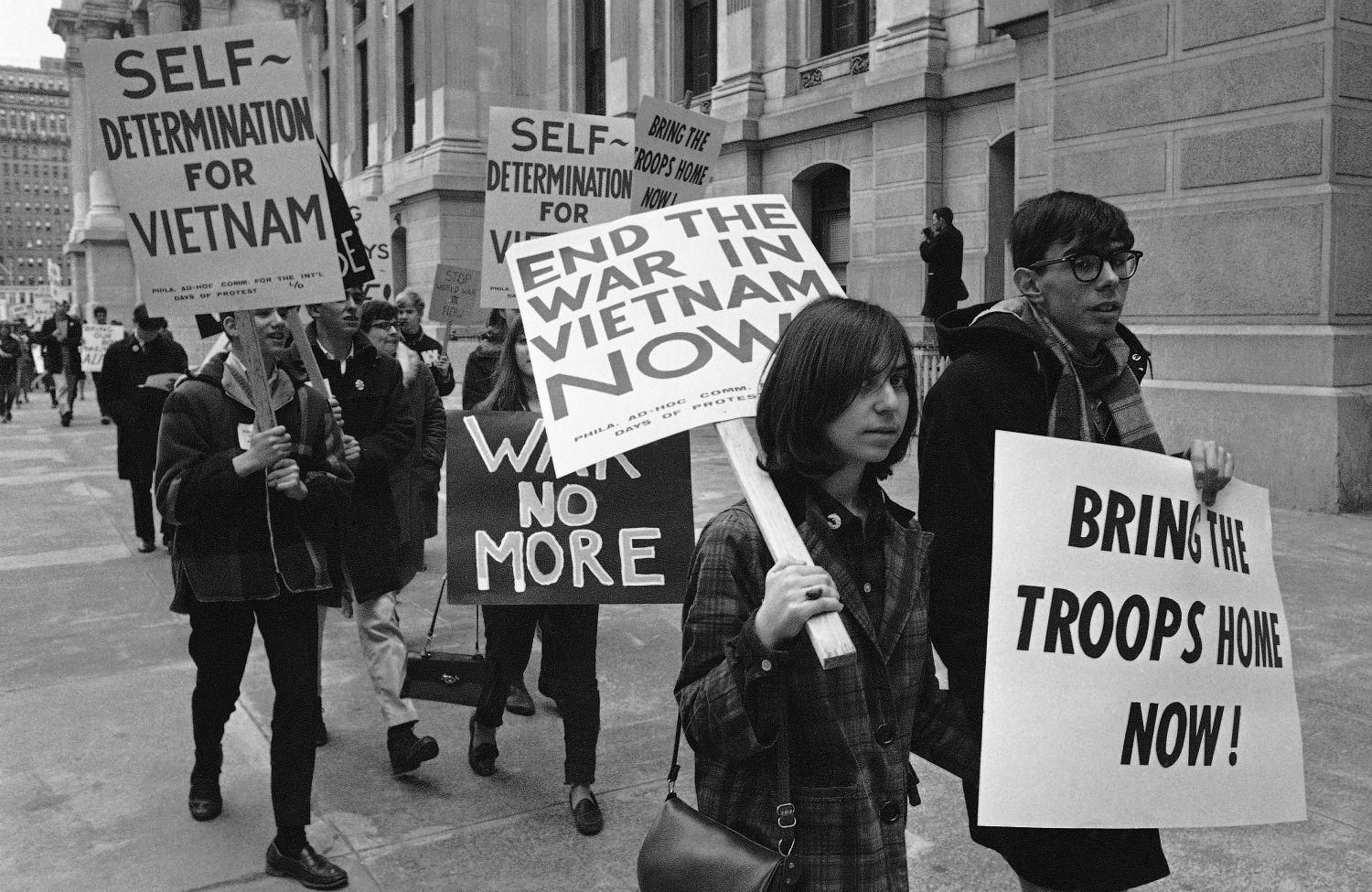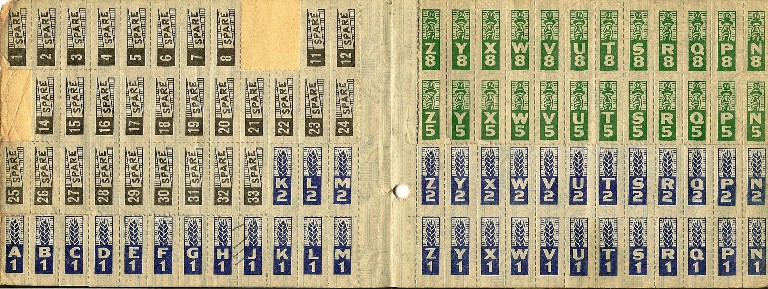 |
| Solidarity |
The Solidarity union in Poland is known as "the party" that dismantled communism in Poland. However, this definition of Solidarity only grazes the surface of who they truly were, as they were much more than a political party. In fact, they started out as an independent trade union fighting for workers' rights.
By the end of World War II, communism from the Soviet Union had transformed Poland into one of its puppet states. But from a long history of worker discontent and the progressing social and economic deterioration, the Solidarity movement was formed to reveal the rising tension between the state and the society. The existence of this harmless legal trade union took a turn when their government, the Polish Communist Party, announced yet another increase in food prices in 1980. As a response, one of the most prominent strike committee, the Gdansk strike committee, posted the "21 Demands" on the gates of a shipyard (workplace for many union members). Some of the highlights of the "21 Demands" included more worker's rights, establishment of free trade unions, and independence from Communist Party control.
Although Soviet Premier Leonid Brezhnev peacefully negotiated treaties, they were unsuccessful. As time went by, Solidarity increased its members to over 10 million. At the same time, it was becoming clear to everybody that this "trade union" devoted themselves to achieve something much bigger than socio-economic justice: political independence. This change in the definition of Solidarity came with their realization that socio-economic improvement could not obtained with the lack of political representation. This "official programme" gives us some insight to the revolutionary approach they began to take:
“Solidarity unites many social trends and associated people, adhering to various ideologies, with various political and religious convictions, irrespective of their nationality. We have united in protest against injustice, the abuse of power and against the monopolized right to determine and to express the aspirations of the entire nation. The formation of Solidarity, a mass social movement, has radically changed the situation in the country”.
Propaganda Poster
|
By mid to late 1980s, Solidarity had become too much of a presence for the Polish Communist party to ignore. During one of their Round Table Talks (negotiations between Soviets and opposition parties in Eastern Europe), the government agreed to legalize Solidarity again. Like soda shaken and suppressed in a bottle, the revolutionaries had their eyes on the political prize this time and they were not going to go down without a fight.
In 1981, General Wojciech Jaruzelski of the Polish Communist Party declared martial law and official outlawed Solidarity. The face of Solidarity may have been destructed, but the morale of the movement had survived. Now as a primarily underground activist union, they focused on illegally spreading anti-Communist propaganda through books, journals, newspapers, flyers, etc.
In the 1989 semi-free elections, the opposition party saw a whopping victory, winning all contested seats in the Parliament and all but one seats in the Senate. President Lech Wałęsa became the first president of Solidarity-led coalition government.
| ||
They had come a long way in this "10 Year Revolution". Now, their goal was to follow Western policies and transform themselves into a long-awaited modern, democratic Eastern state.
Source:
https://thevieweast.wordpress.com/2015/07/29/the-evolution-of-the-polish-solidarity-movement/























